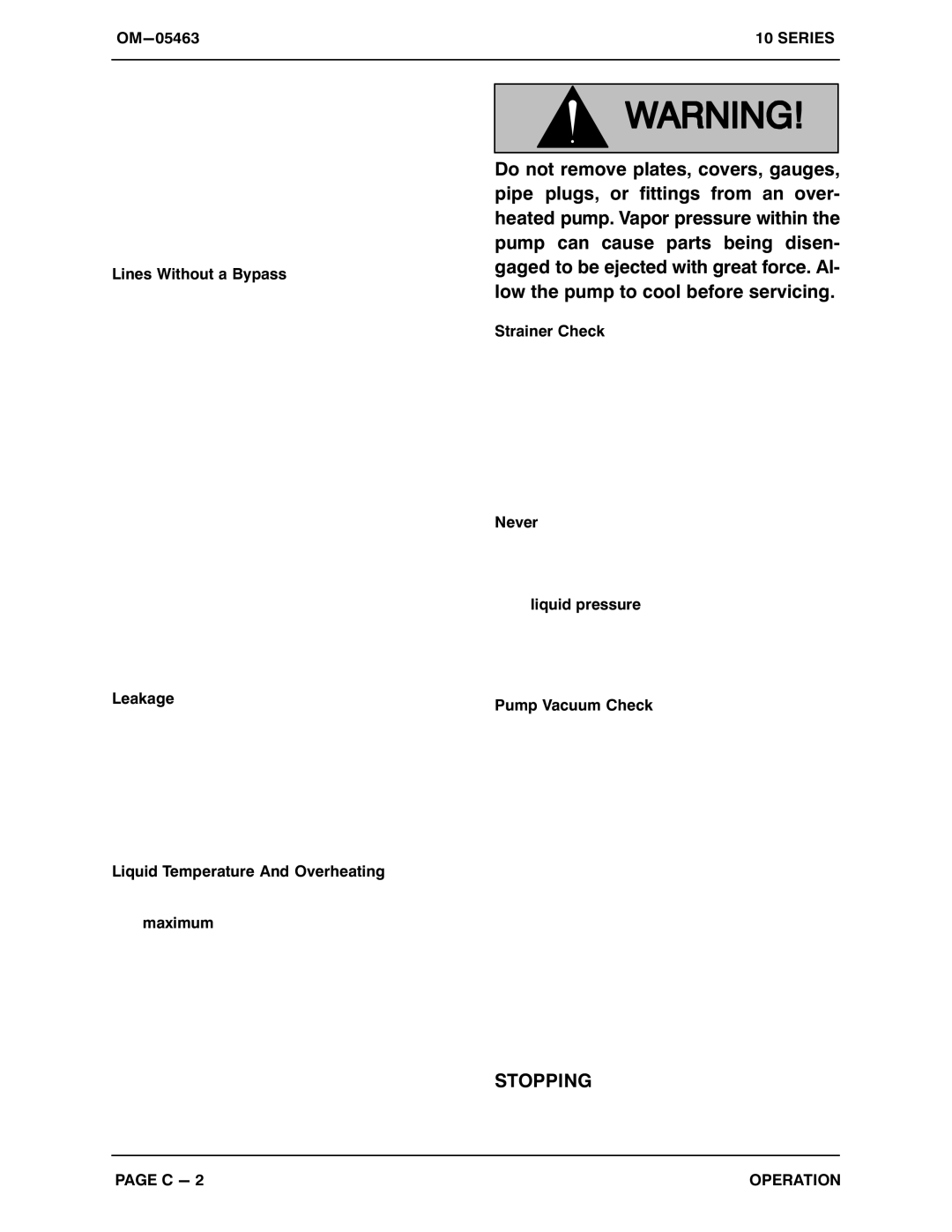13D1-(19) PPO, 13D1-19 specifications
The Briggs & Stratton 13D1-19,13D1-(19) PPO engine is a versatile power source known for its reliability and performance in various outdoor equipment applications. Designed primarily for use in lawnmowers, pressure washers, and other gardening machinery, the 13D1 series boasts features that cater to both consumer and commercial needs.One of the standout features of the 13D1-19 engine is its compact design, which allows for easy installation in a variety of equipment types. This space-efficient construction is especially beneficial for manufacturers looking to create lightweight and maneuverable machines. The air-cooled, four-stroke engine configuration provides a balance between power output and fuel efficiency, making it an ideal choice for extended usage without the worry of overheating.
The 13D1-19,13D1-(19) PPO is equipped with a reliable carburetor system that ensures optimal fuel delivery and improved combustion efficiency. This contributes not only to better engine performance but also to reduced emissions, aligning with modern environmental standards. Furthermore, the engine features an efficient ignition system that offers quick starts, even in challenging weather conditions, ensuring that users can rely on it when needed.
Another notable characteristic is the engine's solid construction, featuring durable components designed to withstand the rigors of outdoor work. The low vibration design enhances user comfort during operation, reducing fatigue and allowing for longer working hours without discomfort. Additionally, the engine is designed for easy maintenance, featuring accessible parts for routine checks and repairs, which helps extend its lifespan.
The 13D1-19,13D1-(19) PPO also incorporates advanced technologies such as improved air filtration systems, which enhance performance by ensuring the engine operates with clean air. This reduces wear and tear on internal components, promoting a longer service life.
Overall, the Briggs & Stratton 13D1-19,13D1-(19) PPO engine is an excellent choice for those seeking a powerful, efficient, and reliable engine solution for a wide range of gardening and outdoor equipment. Its combination of durability, user-friendly features, and modern technology makes it a preferred option for both casual users and professionals in the landscaping industry.

